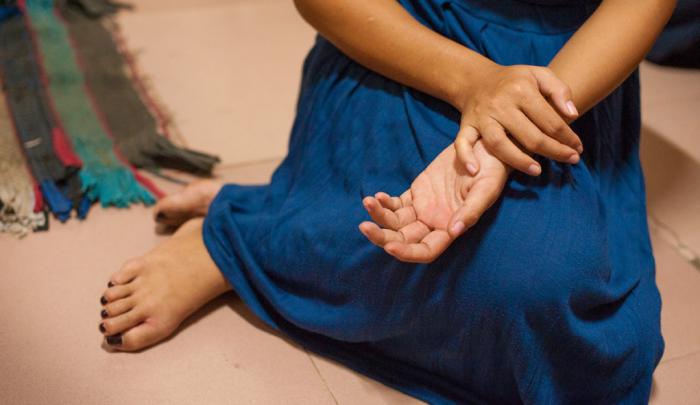Highlights
- Child labor practices have entrapped 40 million children across Asia-Pacific.
- Child labor doesn’t just take away childhood from children, it also triggers a vicious cycle of poverty and exploitation.
- We can only break this vicious cycle of poverty by increasing access for the most vulnerable children to education, proper nutrition and health services.

Washington D.C. (June 12, 2013) — “To mark the 2013 International Day Against Child Labor, humanitarian agency World Vision is calling for governments, civil society and businesses to take rigorous and urgent action within their countries and regions to end child labor, which has entrapped millions of children across Asia-Pacific.
Beneath the bright lights of booming Asian economies, millions of children are working in dangerous, dirty and degrading conditions. Termed “nowhere children,” they are neither enrolled in school nor officially employed. The International Labor Organization (ILO) estimates around 48 million children are involved in hazardous work in the region.
Brothers Taher, 9, and Tazirul, 13, work in a steel shop for 12 hours a day in Dinajpur, Bangladesh. Each boy gets 50 taka (approx. U.S. 6 cents) per week hammering hot steel into furniture. Abandoned by their father, Taher and Tazirul’s poverty-stricken mother feels work will keep them from begging on the streets.
Abid Gulzar, World Vision’s Advocacy and Justice for Children associate director in Asia and Pacific said, “Child labor doesn’t just take away childhood from children, it also triggers a vicious cycle of poverty and exploitation. We can only break this vicious cycle of poverty by increasing access for the most vulnerable children to education, proper nutrition and health services.”
South Asia is home to some half a billion children. With the largest child population of any region, it has among the largest number of children engaged in child labor and other forms of exploitation globally.
In the Philippines, Erchelyn Dominguez spent her childhood planting sugarcane to buy food for her family. The youngest of five siblings, Erchelyn’s dream of becoming a teacher was put on hold when her father fell sick and she was asked to stop schooling. Sugarcane is one of Asia’s most important rural industries. It is also an industry that supports an illegal economic system of child labor.
National statistics show that children who don’t go to school are more likely to fall into child labor. Working 12 hours or more a day — with little or no pay — every day of the week, these children are exposed to physical, sexual and psychological violence, and are deprived of their rights to care, education, recreation, rest and overall development.
According to Gulzar, “The underlying causes of child labor are complex and often related to causes of other forms of violence against children. We see widespread poverty, gross inequality of income distribution, inadequate education and lack of social and child protection.” The consequences of child labor are long lasting, impairing children’s physical, emotional and intellectual well-being, as well as the economic and social development of countries in the region.”
In Erchelyn’s case, her inclusion in a World Vision project enabled her to finish school and pursue an education course in college. She is among the 28,916 children withdrawn from working in the sugarcane industry — the result of World Vision’s advocacy project targeting child labor in the Philippines.
As co-chair of the South Asia Coordinating Group on Action against Violence against Children (SACG), World Vision works with United Nations agencies and international NGOs for child rights and protection in South Asia. On this day, the SACG calls for civil society organizations, partners and businesses in South Asia to contribute to the strengthening of child protection and labor law compliance systems.
– END –
About World Vision:
World Vision is a Christian humanitarian organization conducting relief, development, and advocacy activities in its work with children, families, and their communities in nearly 100 countries to help them reach their full potential by tackling the causes of poverty and injustice. World Vision serves all people regardless of religion, race, ethnicity, or gender. For more information, please visit www.WorldVision.org/media-center/ or on Twitter @WorldVisionUSA.